Aboriginal American Weaving
Book Excerpt
[Illustration: FIGURE 2.--MAT WITH CHECKED DESIGN.]
In their industries, primitive people always utilize the materials found in their environment, because no means is afforded them, as in modern life, for the transportation of materials from a distance. British Columbia is rich in cedar trees, so it is not strange that material from this tree enters so largely into the weaving of this region. Cedar bark lends itself very delightfully to the technic of these mats, and its golden brown checked surface is at times crossed by black lines or broken by a group of black checks in simple designs. These vary greatly, but only one example (Figure 2) can be shown here.
[Illustration: FIGURE 3.--PRIMITIVE LOOM WITH PLAITED MAT.]
The second type of weaving, also of cedar bark, is begun like the last mat, but the elements
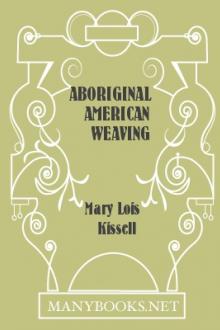
 Free Download
Free Download











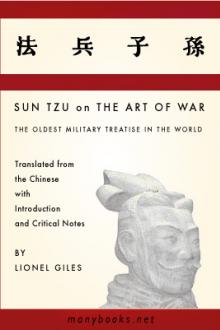

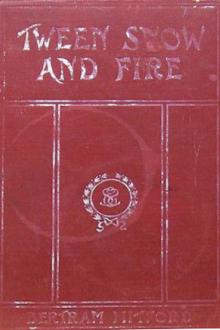

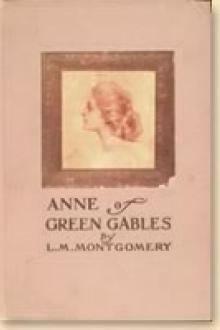
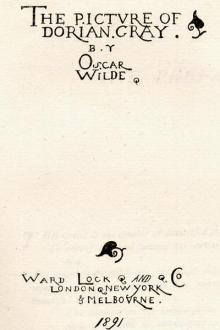


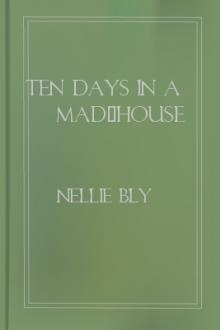
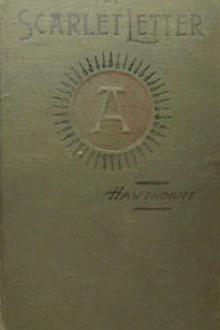
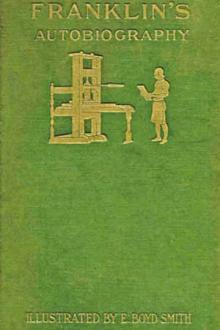
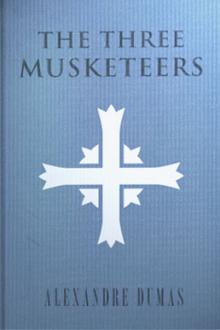
-itok=vcKIB5v1.jpg)